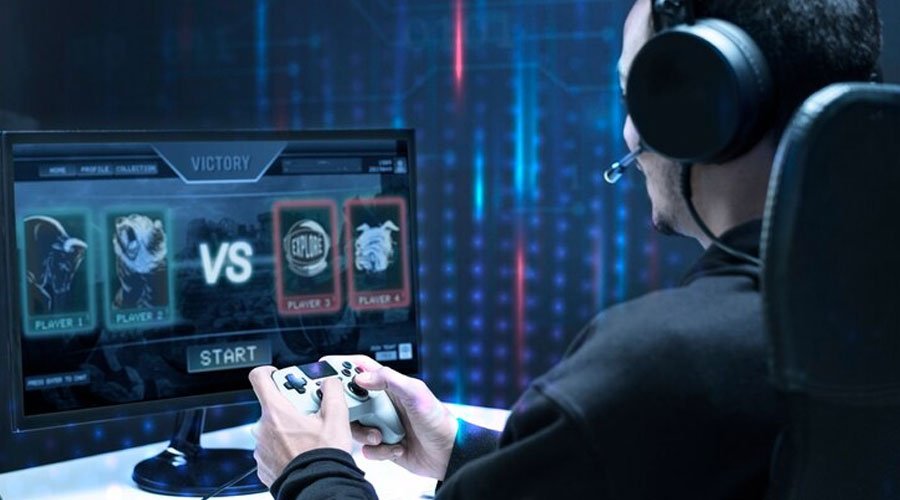Ken Timsit, the Managing Director at Cronos Labs, a Web3 startup accelerator, sheds light on the dynamic landscape of web3 gaming in the age of AI. In a recent interview, Timsit highlights several promising trends driving mass adoption of blockchain technology within the gaming sector. Here;s all you need to know about what’s going on in web3/AI gaming right now!
TL;DR:
- Ken Timsit, MD at Cronos Labs, highlights NFTs’ impact, community management expertise, and AI’s role in enhancing Web3 gaming.
- Advanced tech simplifies user experiences; Cronos blockchain embraces innovation.
- Balancing decentralization and AI bias prevention crucial for the industry’s growth.
AI’s Role In Web3 Is Bigger Than We Think
One of these trends is the utilization of non-fungible tokens (NFTs) in launching Web3 games. Timsit notes that NFTs are not only changing the way in-game assets are owned and traded but also how game developers interact with their communities.
He mentions that successful game developers are becoming adept at community management. They now use NFT launches to create narratives and engage fans effectively. This user-centric approach helps new products find their market swiftly.
Another notable trend Timsit highlighted is the integration of advanced technology to simplify user experiences. Web3 games tap into cutting-edge solutions like ultra-cheap application-specific layer 2 or 3 blockchain networks, account abstraction, and new NFT standards that facilitate lending of game assets.
Timsit adds that the Cronos blockchain embraces these technological advancements. This is further supported by startups within the Cronos Accelerator Program.
How AI Powered Gaming Provides New Levels Of Immersive Experiences
AI’s role in enhancing games was also discussed during the interview. Timsit expressed optimism about the impact of artificial intelligence on gameplay. Games and game devs leverage AI for more intriguing and captivating experiences. Timsit noted that while integrating AI into games presents exciting opportunities, ensuring diverse and unique AI voices remains a challenge.
Timsit also tackled the topic of fraud prevention in Web3 games. He acknowledged that deploying bots to gain in-game assets is a concern. While AI models could potentially detect such fraudulent activities, Timsit highlighted the complexities of effectively implementing AI in this context.
Addressing AI’s broader implications, Timsit emphasized the need to strike a balance between decentralization and bias prevention. He cautioned against decentralizing AI models without consideration for potential bias, which could lead to a distorted AI landscape akin to the polarization observed in traditional media and social media platforms.
In conclusion, Timsit’s insights shed light on the evolving landscape of blockchain gaming. From NFTs to AI, these trends are shaping the future of gaming, promising improved user experiences, enhanced community engagement, and innovative gameplay mechanics. As the industry continues to evolve, striking the right balance between technological innovation and ethical considerations will be crucial for its sustained growth.
Read the full article here

